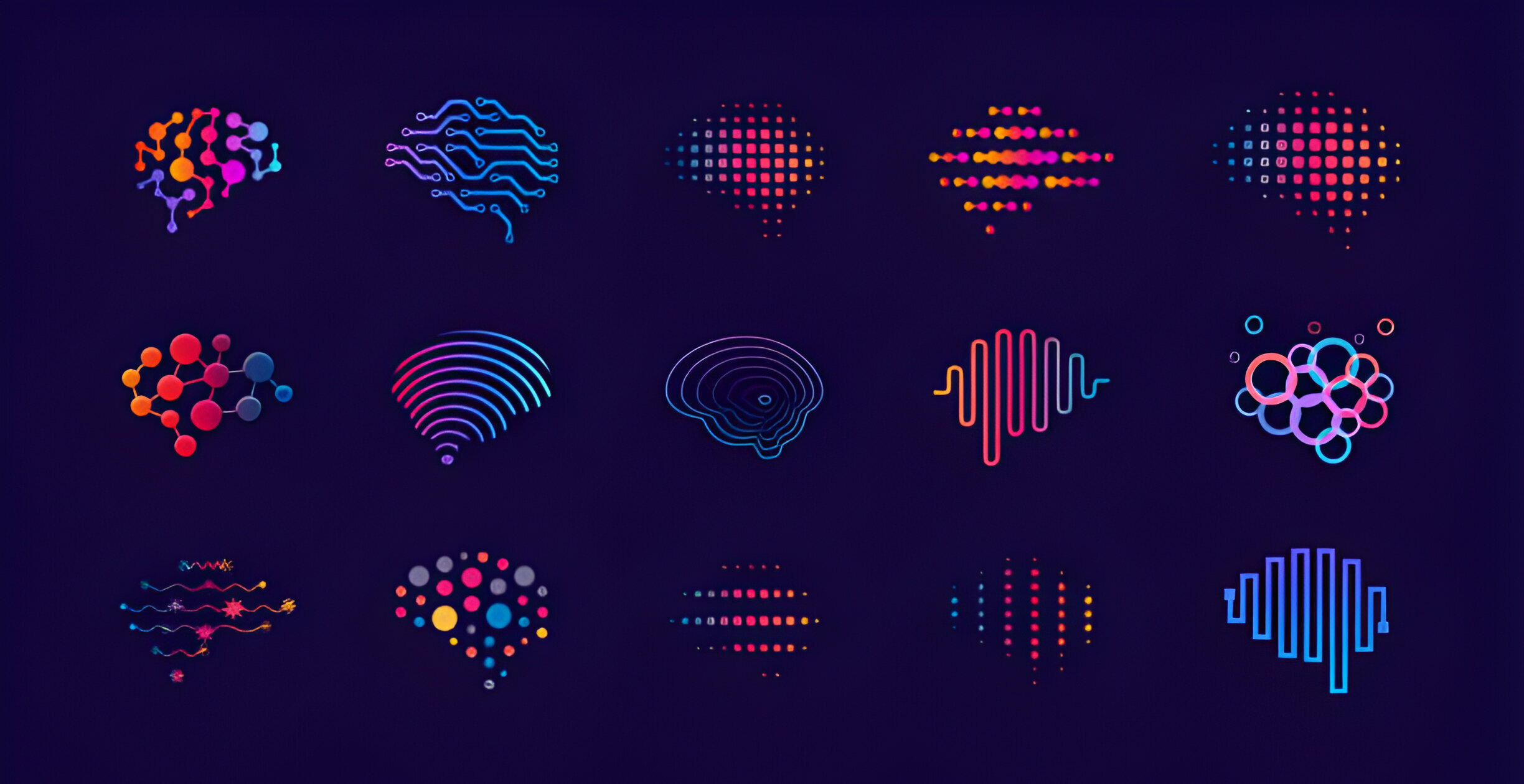What’s the Difference Between Artificial Intelligence (AI) and Machine Learning (ML): AI vs ML
It’s common to hear people refer to machine learning (ML) and artificial intelligence (AI) interchangeably, particularly when talking about big data, predictive analytics, and other subjects related to digital transformation. Given the tight relationship between machine learning and artificial intelligence, the misconception is understandable. These popular technologies do, however, differ in a number of areas, such as applications and scope.
Hence, what distinguishes machine learning from artificial intelligence (AI), how are the two related, and what do these terms actually represent for modern businesses?
In this article, you’ll learn more about how both are used in the world today. You’ll explore how each is changing the way we live and work and discover courses we think you’ll learn the most from.
What is Artificial Intelligence
Image Source: Istockphoto
The study of creating computers and robots with the ability to behave in ways that both imitate and surpass those of humans is known as artificial intelligence. Programs having AI capabilities can autonomously initiate actions or deliver information by analyzing and contextualizing data without the need for human intervention.
Most of the technology we use today, such as smart devices and voice assistants like Siri on Apple products, are powered by artificial intelligence. Businesses are using methods like computer vision and natural language processing, which allow computers to understand images and speak to people, to automate processes, speed up decision-making, and facilitate chatbot interactions with customers.
AI is an umbrella term covering a variety of interrelated, but distinct, subfields. Some of the most common fields you will encounter within the broader field of artificial intelligence include:
Machine learning (ML):
A branch of artificial intelligence known as machine learning involves training algorithms on data sets to create models that can carry out particular tasks.
Deep learning:
Deep learning is a branch of machine learning (ML) that uses artificial neural networks (AANs) to simulate the human brain and carry out more sophisticated reasoning tasks autonomously.
Natural Language Processing (NLP):
Natural language processing is a subfield of computer science, artificial intelligence, linguistics, and machine learning that focuses on developing software that can comprehend human speech.
Robotics:
Robotics is a branch of artificial intelligence (AI), computer science, and electrical engineering that focuses on building robots that can learn and carry out challenging tasks in real-world settings.
What is Machine Learning
Image Source: Istockphoto
Machine learning is a subset of artificial intelligence that gives a computer or system the ability to autonomously learn from its experiences and get better at it. Machine learning uses algorithms in place of explicit programming to examine vast volumes of data, gain knowledge from the discoveries, and then make defensible choices.
The ability of a machine to learn without explicit programming is known as machine learning (ML). This application of artificial intelligence gives the system the capacity to automatically learn from experience and get better at it. Here, we can create a program by combining the input and output of that program.
As machine learning algorithms are trained—that is, exposed to more data—they gradually perform better. The result, or what the software learns, from applying an algorithm to training data, is machine learning models. The model will improve with the use of new data.
What’s the difference between AI and Machine Learning?
Artificial intelligence (AI) is an umbrella term for different strategies and techniques you can use to make machines more humanlike. AI includes everything from smart assistants like Alexa to robotic vacuum cleaners and self-driving cars. Machine learning (ML) is one among many other branches of AI. ML is the science of developing algorithms and statistical models that computer systems use to perform complex tasks without explicit instructions. The systems rely on patterns and inference instead. Computer systems use ML algorithms to process large quantities of historical data and identify data patterns. While machine learning is AI, not all AI activities are machine learning.
Artificial intelligence
- With the help of artificial intelligence, a machine may mimic human intelligence and solve issues.
- The objective is to create a clever system that is capable of handling challenging jobs.
- Artificial intelligence replicates human decision-making by utilizing technology within a system.
- All forms of data, including unstructured, semi-structured, and structured, are compatible with artificial intelligence.
- Decision trees and logic are used by artificial intelligence systems to learn, reason, and self-correct.
Machine learning
- A machine may learn on its own using historical data thanks to machine learning.
- The range of applications for machine learning is limited.
- Self-learning algorithms are used in machine learning to create predictive models.
- Only structured and semi-structured data can be used with machine learning.
- When given fresh data, machine learning systems can self-correct and learn from statistical models.



